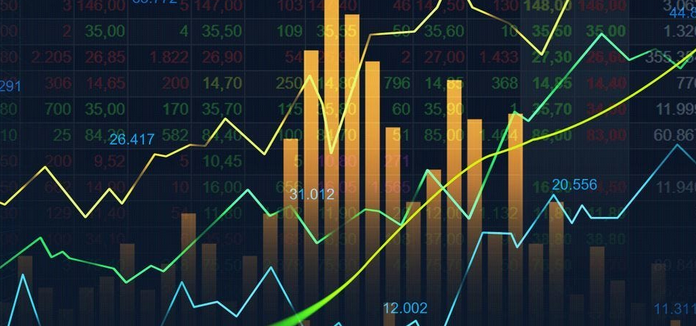The Forex market, also known as FX or currency market, is the biggest and most liquid financial market in the world, with trillions of dollars being traded every day. While some traders use fundamental analysis to make informed decisions about currency trading, technical analysis is another popular approach. It involves examining charts and statistical indicators to predict future price movements. In this blog post, we will delve deeper into technical analysis and its role in the forex market.
Technical analysis is a statistical approach to trading that relies on charts and other tools to guide investing decisions. It examines the past performance of currency pairs to identify patterns and predict future price movements. Traders using technical analysis may look at various charts, such as line charts, bar charts, or candlestick charts, to visualize the history of the exchange rate of a currency pair. By identifying trends, support and resistance levels, and other key indicators, they can make informed investment decisions.
There are numerous tools and indicators available to traders using technical analysis. Some popular tools include moving averages, trendlines, and oscillators. Moving averages show traders the average value of a currency over time, smoothing out daily fluctuations. Trendlines help traders visualize the trend of a currency pair, while oscillators such as the Relative Strength Index (RSI) help traders determine overbought or oversold conditions.
One of the main benefits of technical analysis is that it can help traders identify patterns that might not otherwise be apparent. For example, traders might use a Fibonacci retracement pattern to help identify the area in which a currency may begin moving in a different direction. This can be helpful because it allows traders to position themselves in advance of a market move.
However, it’s important to note that technical analysis isn’t foolproof. The market is constantly changing, and past trends may not always be indicative of future performance. Additionally, technical analysis cannot predict unexpected events that may impact the market, such as natural disasters or geopolitical events. For these reasons, many traders use technical analysis in conjunction with fundamental analysis to make more informed decisions.
Another consideration for traders using technical analysis is to be aware of their biases. Traders may be more likely to see what they want to see in a chart, and may ignore other factors that could impact price movements. Additionally, emotions such as fear or greed can influence decision-making, leading to poor results. It’s important for traders using technical analysis to remain objective and maintain a trading plan.
Conclusion:
Technical analysis is a popular approach to trading in the Forex market, allowing traders to use charts and statistical indicators to predict future price movements. While it can provide valuable insights and identify patterns that might not otherwise be apparent, traders should be aware of its limitations. Technical analysis cannot predict unexpected events or account for traders’ biases or emotions. However, when used in conjunction with fundamental analysis and a sound trading plan, technical analysis can be a valuable tool for investing in the Forex market.
